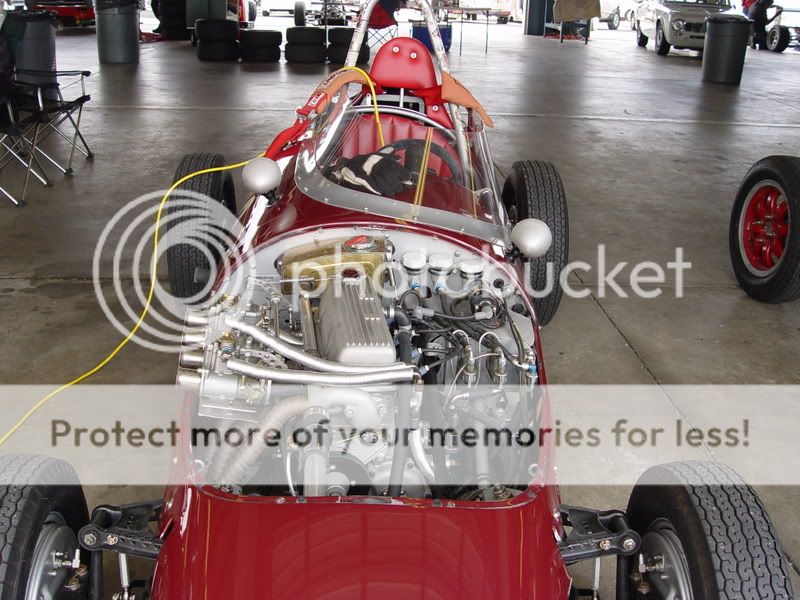aeronca65t
Great Pumpkin
Offline
Looks like when they built this little Italian formula car, they didn't worry about the engine being square. I guess the U-joints will take up the twist.
<span style='font-size: 8pt'> Seen at the Watkins Glen VRG/EMRA vintage event last weekend</span>

<span style='font-size: 8pt'> Seen at the Watkins Glen VRG/EMRA vintage event last weekend</span>


 Hi Guest!
Hi Guest!

 smilie in place of the real @
smilie in place of the real @
 Pretty Please - add it to our Events forum(s) and add to the calendar! >>
Pretty Please - add it to our Events forum(s) and add to the calendar! >> 
